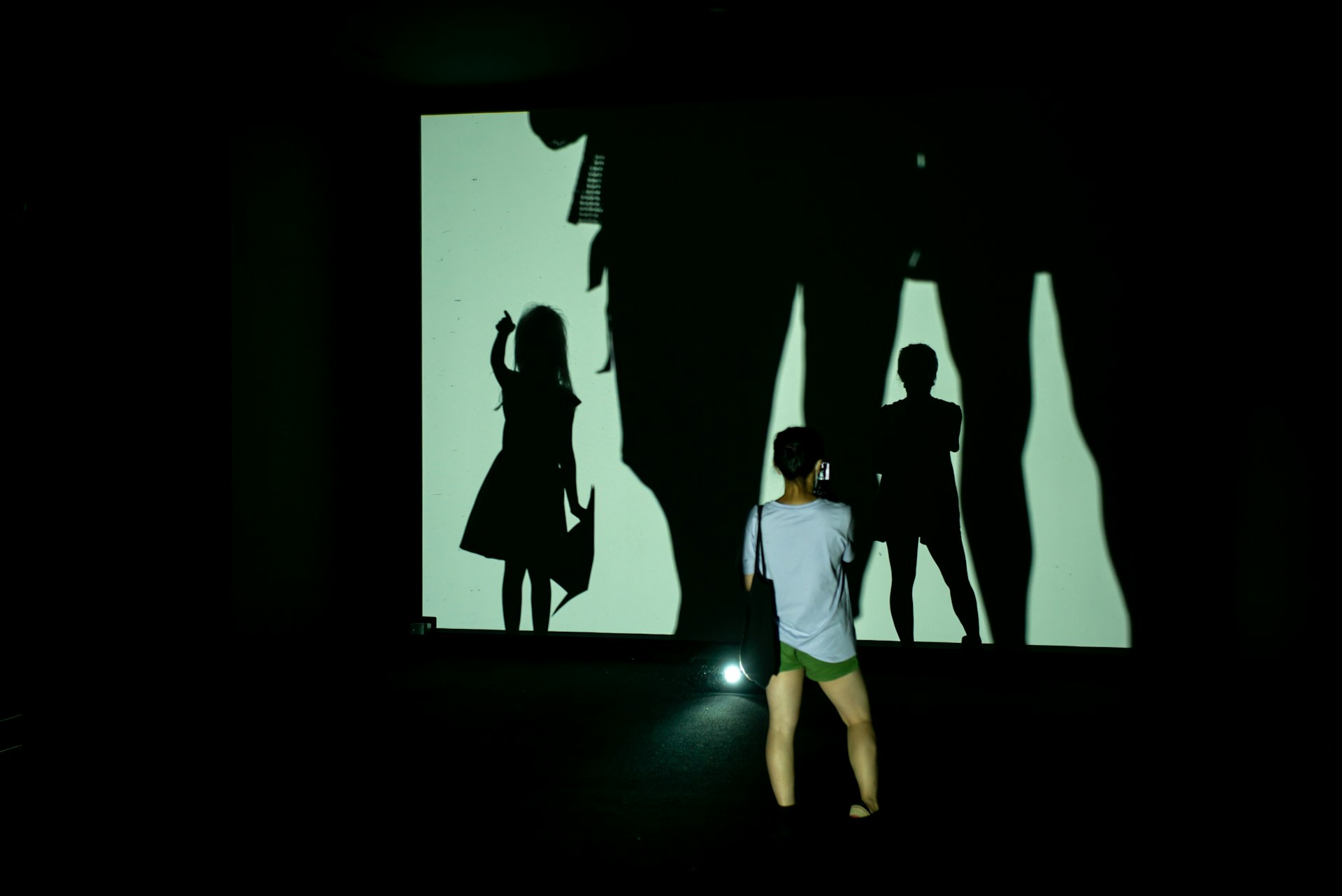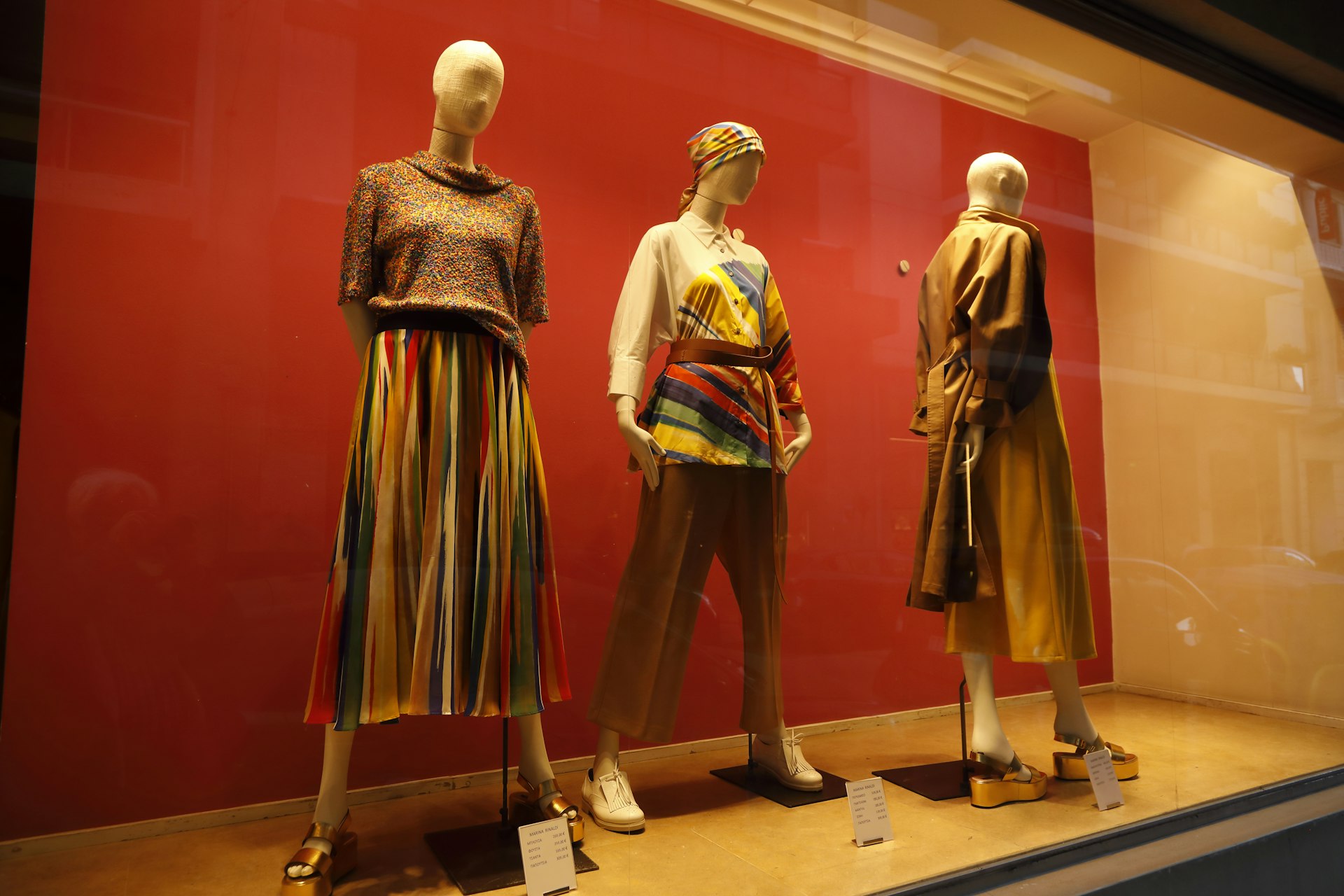Reimagining Theater: How Digital Technology Transforms the Stage Experience

Photo by Annie Gavin on Unsplash
Introduction: The New Era of Theatrical Fusion
Theater has long captivated audiences with its live storytelling, compelling performances, and evocative stagecraft. As digital technology evolves, traditional theater is undergoing a remarkable transformation. The fusion of classic stagecraft with innovations like virtual reality (VR), augmented reality (AR), multimedia integration, and computerized production tools is creating new opportunities for both artists and audiences. This article explores the landscape of this fusion, offering actionable insights, real-world examples, and practical guidance for accessing and engaging with these groundbreaking experiences.

Photo by Bundo Kim on Unsplash
The Core of Digital-Enhanced Theater
At its heart, digital theater integrates advanced technology with traditional performance to expand creative boundaries and audience engagement. This hybrid form leverages tools such as multimedia projections, interactive digital content, VR, AR, and automated staging systems. These innovations enable productions to transcend physical limitations, offering immersive and often interactive experiences that redefine what theater can be [1] .
Key Technologies Driving the Change
Multimedia Integration allows productions to enrich storytelling by combining visuals, music, sound effects, and even live-feed video. This multi-sensory approach creates a layered experience, engaging audiences used to digital content in daily life [1] .
Virtual Reality (VR) invites viewers to become part of the scene, often enabling them to explore virtual sets and interact with characters. Through VR headsets, audiences can move through digital environments, experiencing the story from unique and personal perspectives [3] .
Augmented Reality (AR) overlays digital elements onto live performances, creating a blend of the real and virtual. Audiences may use mobile devices or AR glasses to see enhanced scenery, additional characters, or informative overlays that deepen understanding and immersion [4] .
3D Set Design and Computer-Generated Imagery (CGI) provide dynamic backdrops and real-time scene changes previously impossible with static sets. Productions can display intricate, animated environments using projection screens or LED walls, allowing for seamless transitions and visually striking effects [5] .
Real-World Applications and Case Studies
The fusion of traditional theater and digital technology is more than theory; it is already transforming productions worldwide. For example, the 2021 Henan TV Spring Festival’s “An Imperial Banquet in the TANG Dynasty” combined live dance with AR to showcase Tang Dynasty culture. Audiences experienced historical paintings and artifacts animated alongside performers, blending cultural heritage with digital spectacle [2] .
Globally, theaters are adopting VR to transport viewers into the story world. In Hungary and beyond, experimental projects enable audiences to move through virtual stages, interact with digital characters, and even influence the narrative through their choices [3] .
In many U.S. and European venues, dynamic projections, CGI-driven scenery, and digital lighting systems have become standard, allowing for previously unimaginable creative flexibility in both classic and avant-garde productions [5] .
Step-by-Step Guidance: Accessing and Engaging with Digital Theater
Whether you are an artist, a theater company, or an audience member, there are practical steps to access and participate in this evolving field:
-
For Audiences:
- Search for local or national theaters advertising “digital,” “VR,” “AR,” or “multimedia” performances. Many major venues and festivals now list these features in event descriptions.
- Consider subscribing to theater newsletters or following venues on social media for announcements about innovative productions.
- For virtual or AR experiences, you may need to download specific apps or acquire compatible devices (such as VR headsets or AR-enabled smartphones). Check production or venue websites for detailed instructions.
- Some productions offer online streaming or virtual tickets, allowing you to experience digital theater remotely. Look for options labeled “digital performance,” “live stream,” or “virtual stage.”
-
For Artists and Theater Companies:
- Explore partnerships with technology providers for access to VR, AR, projection, and sound systems.
- Attend workshops or training programs focused on digital stagecraft. Many arts organizations and academic institutions offer courses in multimedia production, digital scenography, and immersive storytelling.
- Utilize grants or funding opportunities dedicated to digital innovation in the arts. Search for “arts technology grants” or contact regional arts councils for guidance.
- Start with pilot projects or short-format digital performances to experiment with technology integration before scaling up to full productions.
If you are unsure where to begin, consider searching for “digital theater initiatives” or contacting your local performing arts center for recommendations on upcoming events and training opportunities.
Challenges and Solutions in Fusing Theater and Digital Technology
While the possibilities are vast, the integration of technology into theater also presents challenges. Technical complexity can lead to higher production costs and longer setup times. Not all audiences have access to VR or AR equipment, raising concerns about inclusivity. Additionally, some artists fear that digital effects may overshadow live performance, diluting the emotional impact of traditional theater [1] .
To address these challenges:
- Theaters may offer both digital-enhanced and traditional versions of a production, allowing audience members to choose their preferred format.
- Grants and partnerships with technology companies can offset costs. Many regional arts councils support digital innovation-contact your local arts agency for current opportunities.
- Educational outreach and community workshops can help audience members and artists become comfortable with new technologies, making experiences more inclusive.
- Producers are encouraged to use digital tools as a complement rather than a replacement for live performance, ensuring technology enhances rather than dominates the story [5] .
Alternative Approaches: Balancing Tradition and Innovation
The fusion of traditional theater and digital technology does not require abandoning time-honored techniques. Many productions successfully blend live acting, physical sets, and costumes with subtle digital enhancements. For example, projections can create atmospheric effects without replacing actors or props. AR overlays can provide optional information or interactive elements, catering to both traditionalists and tech enthusiasts [4] .
Some companies develop “hybrid” shows, offering both in-person and digital access, maximizing reach and engagement. This approach is especially valuable for expanding audiences beyond geographic boundaries, making theater more accessible to people with disabilities or those unable to attend in person.
Conclusion: The Future of Theater Is Here
As technology continues to advance, its integration with traditional theater promises to unlock new forms of artistic expression and audience engagement. Both creators and audiences can benefit by staying informed about emerging trends and by embracing a spirit of experimentation. Whether you are seeking to experience cutting-edge performances or to bring innovative tools into your own work, the fusion of theater and digital technology offers a wealth of opportunities.
References
- [1] Society Hill Playhouse (2024). The Rise of Digital Theater: Impact on Traditional Playhouses.
- [2] Francis Press (2023). Digital Media Technology on the Theatre Stage.
- [3] VZWAMP (2025). Digital Technologies in Theater: Virtual Reality and 3D Set Designs.
- [4] TechVangArt (2023). Dichotomy of Dreams, Drama, and Digital Delights.
- [5] WDM Theatre (2023). Tech and the Theatre.



